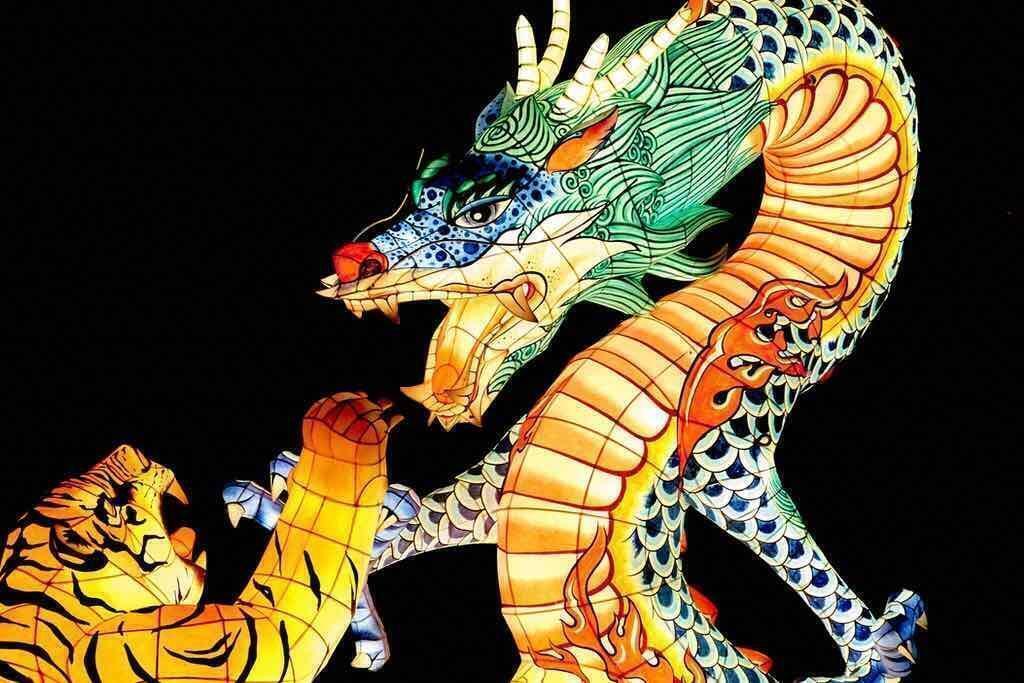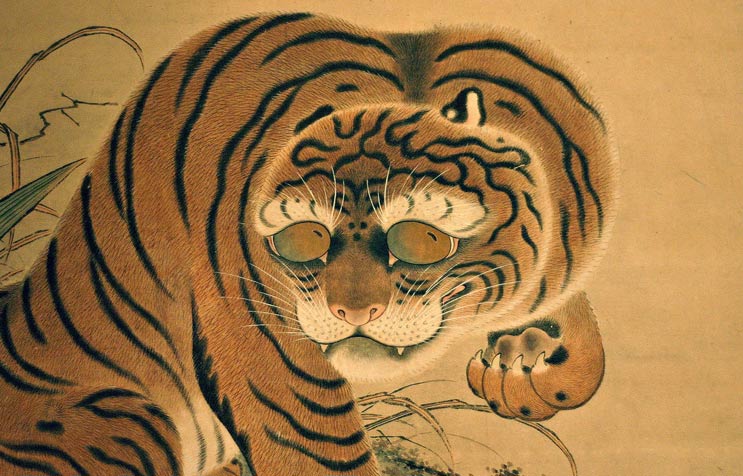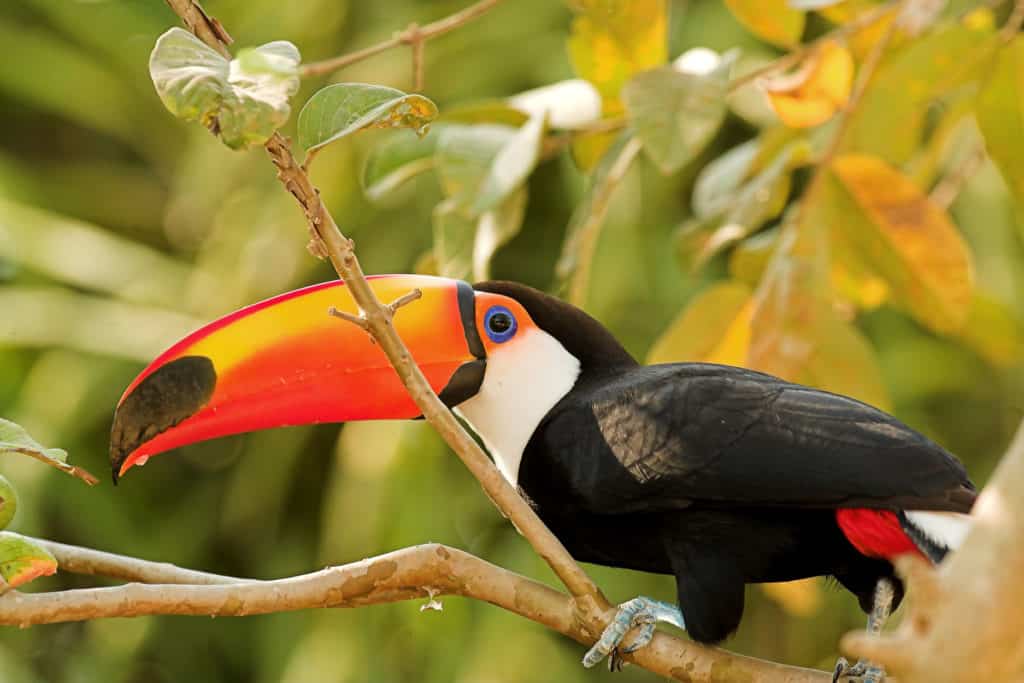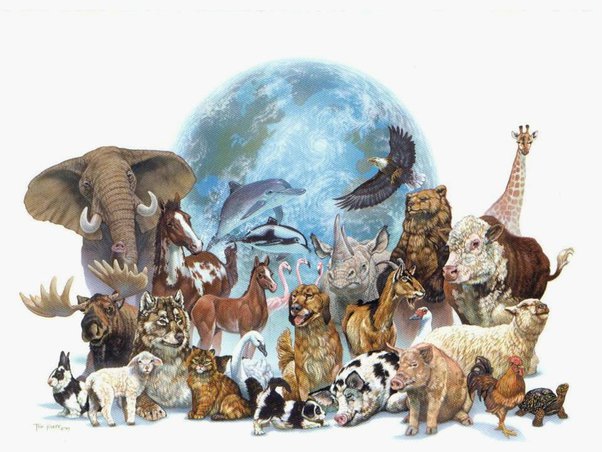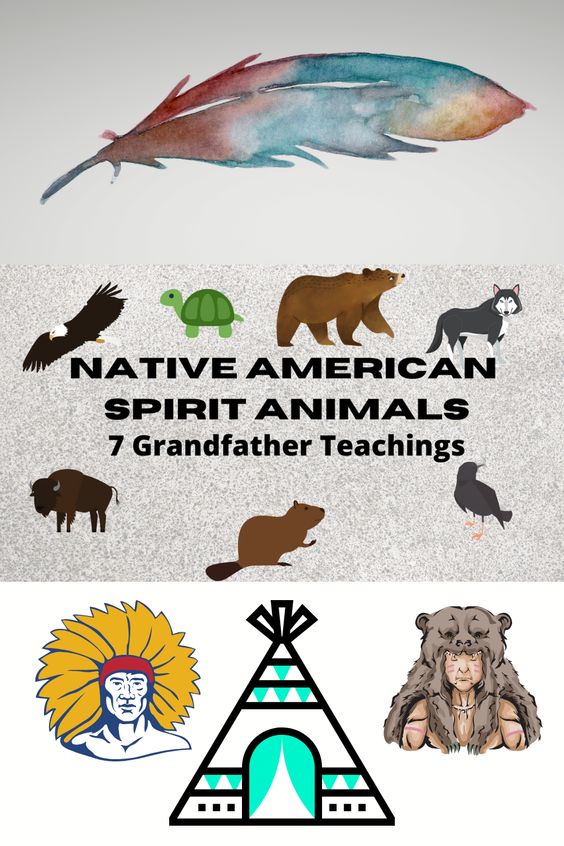Don’t you think mythology is very complex and full of different stories? Because in these stories, animals are very important because they represent people’s hopes, fears, and values.
In the folk tradition of many cultures, these creatures, each with its meaning, are powerful metaphors that show deeper truths about the human situation.
Tigers and several other animals have a mythological and folklore connection, reflecting the rich tapestry of stories and beliefs in different cultures.
Interested in learning more? Check out our previous blog, where we’ve covered the intricacies of Animals That Start With T in detail!
Asian Mythology with The Symbolic Tiger
The tiger is a strong symbol of strength, bravery, and majesty in Asian folklore. According to Chinese myth, the tiger is the king of beasts and represents the spirit and life of nature.
Tigers are shown as guards in art and stories because they are thought to keep away bad spirits and bring good luck.
The monster in these stories isn’t just a monster; it’s also a representation of moral power and natural authority.
Turtles in Eastern and Native American Cultures
In the myths of many countries, the turtle is an important creature. In native tribes in North America, it is revealed in creation stories because its hard shell represents the earth.
This portrayal stresses patience and knowledge, and the turtle is often seen as a figure that brings order to chaotic worlds.
In the same way, the turtle is a cosmic creature in Hindu and Chinese folklore. It carries the world on its back and represents endurance and life itself.
Toucans in The Folklore of The Amazon
In the rich stories of South American Folklore, the toucan, with its showy beak and bright feathers, stands for connection and life.
In these stories, the toucan is often a messenger or a showy symbol representing how different and bright the Amazon is.
The bird’s loud call and unique look make it a symbol of the voice and beauty of the bush.
Animals as Reflector of Culture
These animals are like mirrors that show us the cultures that made them. They are more than just characters; they represent national hopes, fears, and ideals.
Each animal’s strength, such as the tiger’s, the turtle’s, the toucan’s, the thylacine’s, and the thunderbird’s, tells a story about how people connect with nature and how their culture’s values and beliefs shape those interactions.
Modern Relevance and Educational Implications
In modern times, these stories are very useful for building knowledge. They can be used to teach about cultural diversity, biodiversity, and right and wrong in the environment.
They’re also a fun way to teach kids about how important it is to protect the environment and respect other cultures.
How Mythical Creatures and Ecosystems Work Together
To go even further, how animals in mythology are linked to their natural environments helps us better understand old ecological wisdom.
In Asian folklore, the tiger is both a sign of power and a protector of the forest. This shows that early on, people understood how important top predators are to keeping the ecosystem in order.
In the same way, many coastal islands and island cultures deeply respect turtles because they know how important they are to sea ecosystems.
Folktales from Europe About Animals
When we look at European Folklore, creatures like the Tatzelum and the Tarrasque, a famous dragon from French Folklore, show us how medieval European people thought about the unknown and the natural world.
People of that time had fears and fantasies that these creatures, often shown as scary and mysterious, reflected. They were used as metaphors for the dangers and secrets of the natural world that had not yet been explored.
Role of Animals and Transformation Myths
The part animals play in transformation stories is another interesting thing about them. In many different countries, people change into animals and back again.
When ‘T’ animals change into something else, like tigers or toads, it represents several ideas, such as adaptability, rebirth, or secret strength.
Often, these stories teach important moral lessons or describe natural events in a way that people can understand and relate to.
Animals in Middle Eastern and African Mythology
In myths from Africa and the Middle East, animals like the tortoise often play parts that stress how smart and witty they are.
In many African Folktales, the turtle is a trickster who gets through situations using its brain instead of its brute strength. In some countries, it is seen more as a sign of wisdom and longevity, which is different from how it is shown here.
Role of Animals in Mesoamerican and Native American Cultures
Native American and Mesoamerican cultures honor animals like the turkey, often connecting them with plenty, fertility, and the Earth’s gifts.
People in these countries have a long history of seeing animals as sacred, and each species has a special place in their religion and mythology.
Protecting the Environment and Keeping Folklore Alive
In protecting the environment, keeping these stories alive is very important. They not only show how people and animals have interacted in the past, but they also help us understand traditional biological knowledge.
This information is very important for today’s attempts to protect biodiversity and manage ecosystems in a way that doesn’t harm them.
Effects on Education and Cultural Exchange
Finally, these stories and legends have very important lessons for us. They can be used to teach about different cultures and help people from different cultures accept and understand each other.
Both kids and adults can learn about the complex web of beliefs and values that have shaped how people have interacted with nature throughout history by reading these stories.
Conclusion
It’s interesting to look at how animals, especially those that start with T, are used in national mythology and Folklore to learn about how people interact with nature.
These animals, like the fierce tiger, the wise turtle, the colorful toucan, the mysterious thylacine, and the strong thunderbird, add to our traditional stories and help us understand the world better.
Their stories have taught, fascinated, and inspired people for a long time. They help us understand our past and work toward a better future.
Frequently Asked Questions
What Do Animals in Myths Say About How People Should Act?
In mythology, animals often represent good qualities, fears, and hopes in people. They are used to explain human events and social norms.
Can These Myths Help Teach People About the Environment?
Yes, these myths can be very useful for teaching about the environment because they show how important variety is and how important it is to protect it.
Are There Any Themes that Show Up in Animal Stories from Different Cultures?
Animals as symbols of power, wisdom, and the natural world are common themes showing how people feel and believe.

